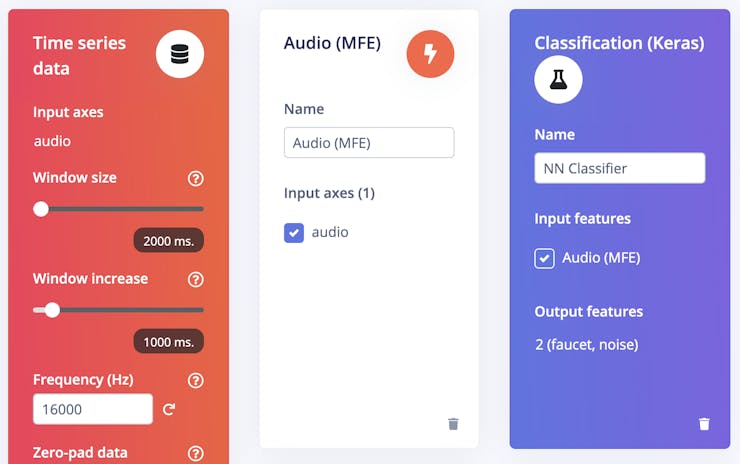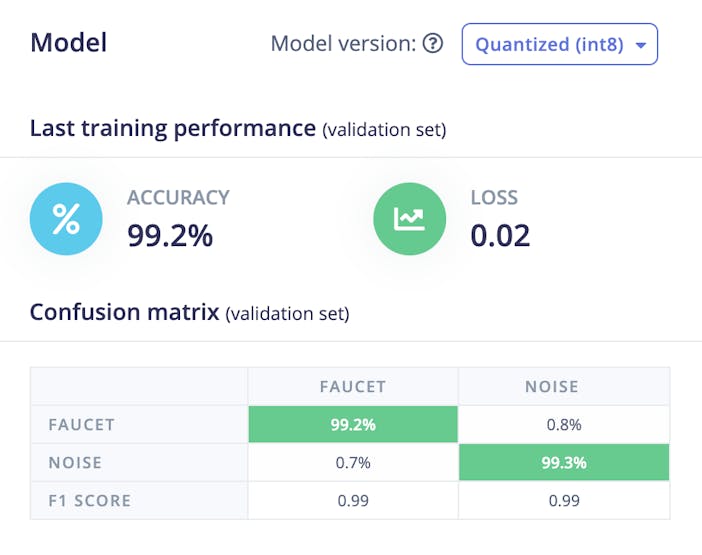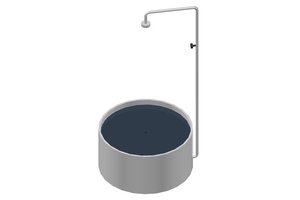This project tries to alleviate water wastage in households by reminding you but it also helps in seniors' safety. Poor memory is only one of the many unpleasant experiences that accompany old age and these problems can have far-reaching implications on the comfort and security of seniors. Dementia is one of the most common neurological problems associated with the elderly. Imagine a case of seniors leaving the faucet on. The kind of water damage that might ensue is simply unimaginable. Not to mention lots of safety concerns such as electrocution and drowning. Also, sometimes kids or even adults forget to turn off the faucet after use. It also adds up to your monthly water usage bills.
In this project, I have built a proof-of-concept of an AIoT (Artificial intelligence of things) device which can detect running faucets using a microphone and can send an alert notification message.
Although this proof-of-concept device is used in the house with a wall outlet but it can be powered using batteries. Being equipped with cellular connectivity, it can be installed in those areas where there is no WiFi network. This is an easy-to-use and convenient device that respects users' privacy by running the inferencing at the edge and sends alert notifications on time.












 Caleb Hanneman
Caleb Hanneman
 Moran Assif
Moran Assif
 Anteneh Gashaw
Anteneh Gashaw
 Jeremy Ruhland
Jeremy Ruhland